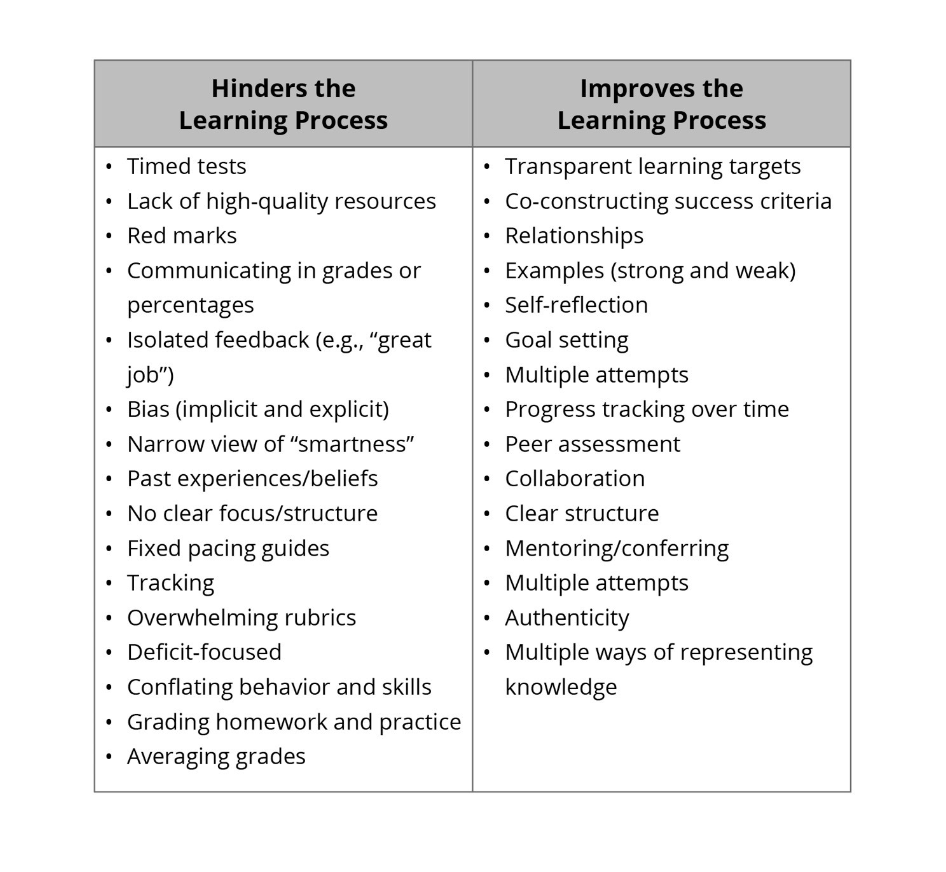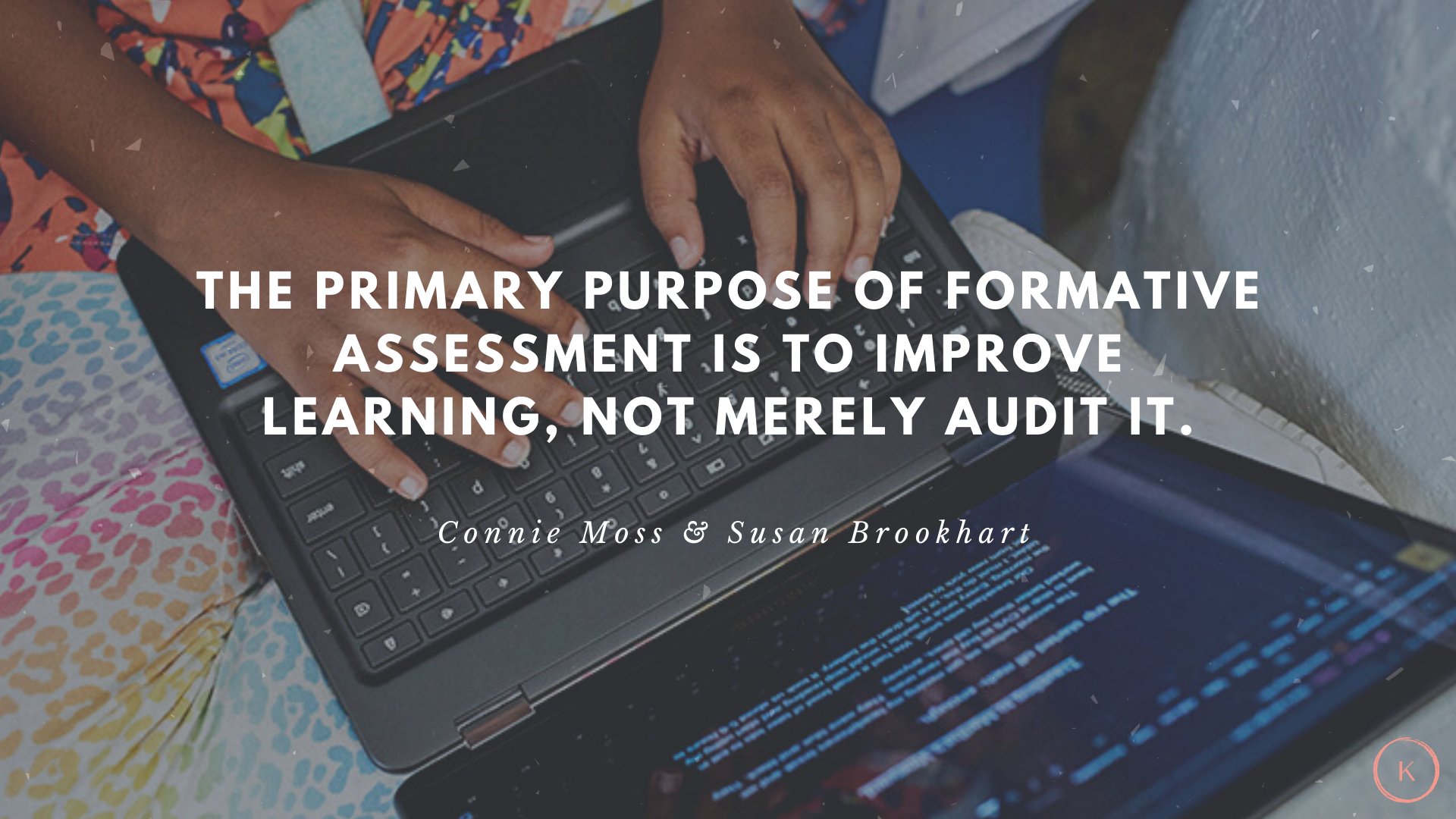Many students are in different places with what they know and are able to do. As we are settling into the year, we are learning about some strengths and opportunities that coexist for all of our students. In math particularly, there are some gaps that are more present than ever. The pandemic is obviously a factor and for middle and high school students, we shouldn’t ignore the implications of young adolescence and all that comes with this time in life.
As I learned in my own classroom and was also reinforced in my graduate studies, the growth that young adolescents experience is second only to their first year of life. As a result, there are a lot of changes that young people are enduring that impact how and what they learn.
My children, Abby and Zack, are in middle school and I am grateful for their teachers who allow for multiple opportunities to show what they know and can do. Instead of Abby’s teacher grading her on what she knew and was able to do on a fixed timeline, she expects Abby and her other students to show up and do their best for an assessment but also allows them to review their mistakes, learn the material, and revise her thinking and understanding.
Allowing for Multiple Opportunities to Demonstrate Mastery
After one of Abby’s tests, she found which questions she missed, and had the opportunity to review her work, revisit the content and misconceptions, and correct her answers. The impact of the retake is not only that it allows students to improve their grades, but it also ensures that they understand the important concepts.
In their book, Classroom Assessment for Student Learning, assessment gurus Rick Stiggins, Judith Arter, Jan Chappuis, and Steve Chappuis remind us, “Although we haven’t traditionally seen it in this light, assessment plays an indispensable role in fulfilling our calling. Used with skill, assessment can motivate the unmotivated, restore the desire to learn and encourage students to keep learning, and it can actually create—not simply measure—increased achievement.”
Based on this notion, I have been working with educators on assessment for and as learning to unpack some common assessment practices in school. Some assessment practices positively impact learning, and others, despite our best intentions, end up hindering the learning process.
The following chart from my book, Evolving Education, aims to identify the general assessment practices that improve the learning process versus those that can hinder it.

A standardized education system is designed to move kids along a certain path in a certain period of time, and it often ignores the variability in learners and their circumstances. Data-focused assessments, such as averaging grades and tracking students based on test scores, fail to allow learners a flexible path or pace toward mastery. When students don’t perform on pace, they are seen as “behind” or even failing.
Assessment can (and should) be about growing and learning and instead of being punitive or used as a gotcha moment. If developing competency in these skills is truly the goal, getting clarity on what we value most and what students should know, as well as developing policies and practices that help them improve is key.



This looks great. There is no reason why kids can’t take tests until they pass. There is no reason why we should replace you failed with you aren’t finished yet. Look for a repost tomorrow on my blog at https://DrDougGreen.Com.
Yes, I agree. To keep going with new learning when what was just taught is not secure is a big mistake. This is how we lose students – their engagement and motivation to keep going and learning.
As a retired teacher education professor, I have heard so many students discuss how the idea of learning gets lost in the emphasis on one test measuring knowledge/learning. Many students throw up their arms and give up.
A BIG thank you, Dr. Katie.
A former Prof. of Education, the late Dr. Phillip Hughes, at the Univ. of Tasmania emphasised every assessment being a learning experience.
A kit he published was so encouraging.
And for what it is worth, I have recently refurbished two rubber stamps, with various outcomes in reports being given rankings from A to E.
Fifty (!) years ago, I used same to elucidate strong and otherwise aspects of science reports, WITH MY FULL ENCOURAGEMENT TO IMPROVE SUCH REPORTING FOR IMPROVED MARKS.
My former students were thus able to pinpoint their ‘targets’ for attention.
Now a victim of ageism, I am now about to launch into primary/ elementary school curricula, at a local retirement village, AND plan to grow a vibrant symbosis between the residents and the children/youth who visit—once COVID-19 has eased its grip.
The ‘olds’ helping with tutoring, post COVID-19, in literacy and numeracy—combined, where possible—and the kids helping in return with I T matters.
Hopefully, real, on-going synergy will grow, from regular interactions!
All the very best in your endeavours.
Kevin.
82, and counting.
Hello, I have been using test corrections in my math class for quite some time. My students struggle with completing the entire chart of the resource that I use. I really like the resource that you picture in the article. It gives the students clear guidance and mistake examples. Are you able to share a digital copy of this resource or direct me to where I can locate it?
THANK YOU KATIE! I AM BOOKMARKING THIS!!!!!! I LONG For all teachers to gravitate in this direction and eventually own this approach to assessment! Thanks for being the voice and paving the way!
I am also completed graduation and looking for good opportunity. Thank you for sharing.
Hello! Thank you for the information in this article. I was wondering if I could get. a copy of the Math Correction Assessment Form that is shown in the above picture. Thank you in advance!
I’ve had the wonderful opportunity of working with students for 37 years K-12, college and adult. Reading through this article, the table and comments, I see a confusion between the learning process and testing. While it is true that testing is a learning experience, it is specifically focused on identification of proficiency- you have been through all these varied activities and learning experiences (see table right side) on the content working with references, texts, books, artifacts; now, what have you internalized? Does the student’s knowledge meet the learning goals we started with? Any kind of test has an element of “pressure” but that too is a learning feat. As a teacher for some time, I grow concerned over the widespread move in education to throw out responsibility as an unnecessary part of learning. Additionally, many studies have been done on timed activities- Vanderbilt had an excellent elementary math study on math facts timing and student learning so impressive I met with the researcher to learn more! We have to take the approach that students are responsible learners with both ongoing AND final evaluation. Give them the challenges in learning then test them for what they learned. I see it very similar to an actor getting ready to go on stage or a manager getting ready to present at his company board meeting- a culmination of previous events.